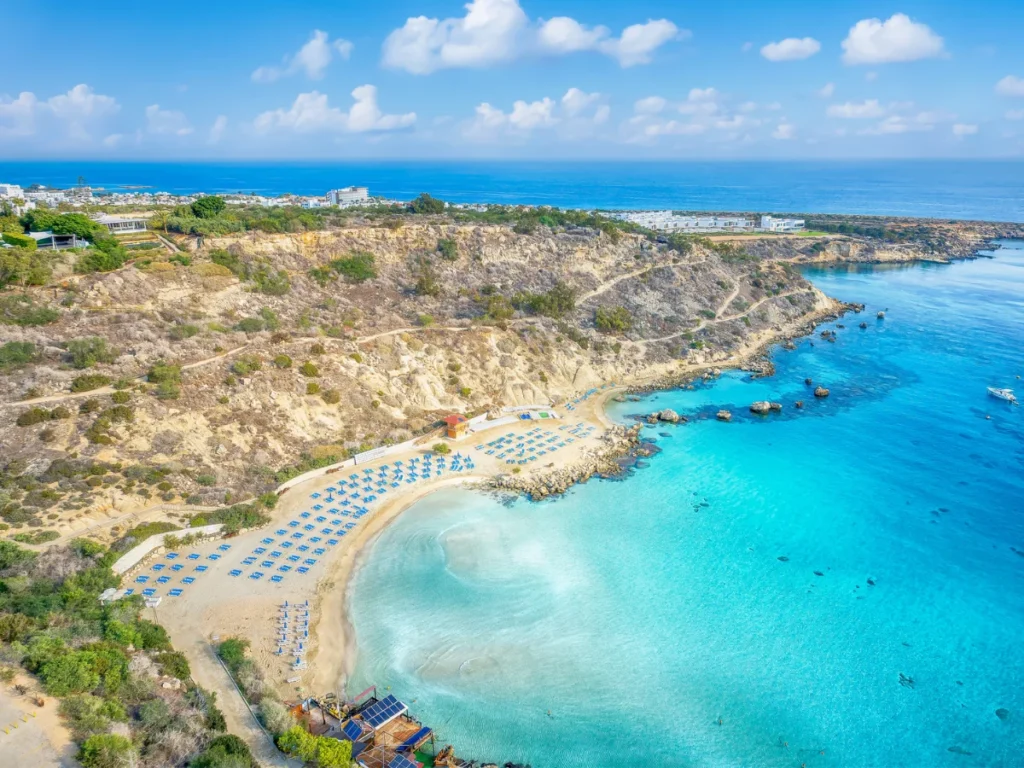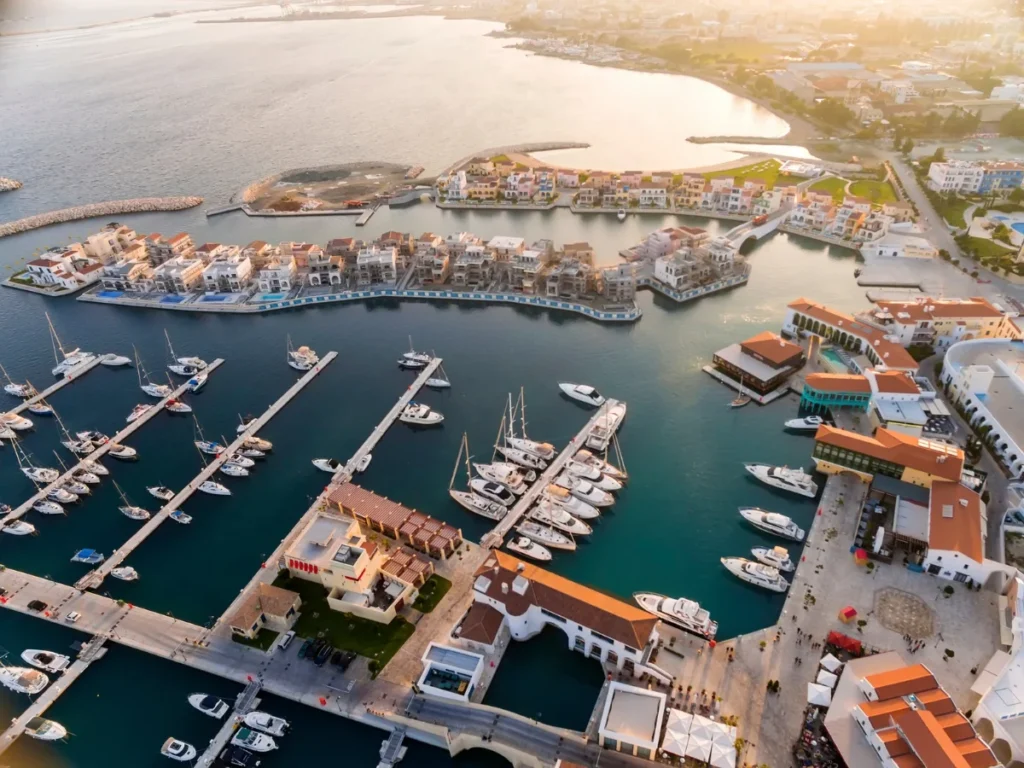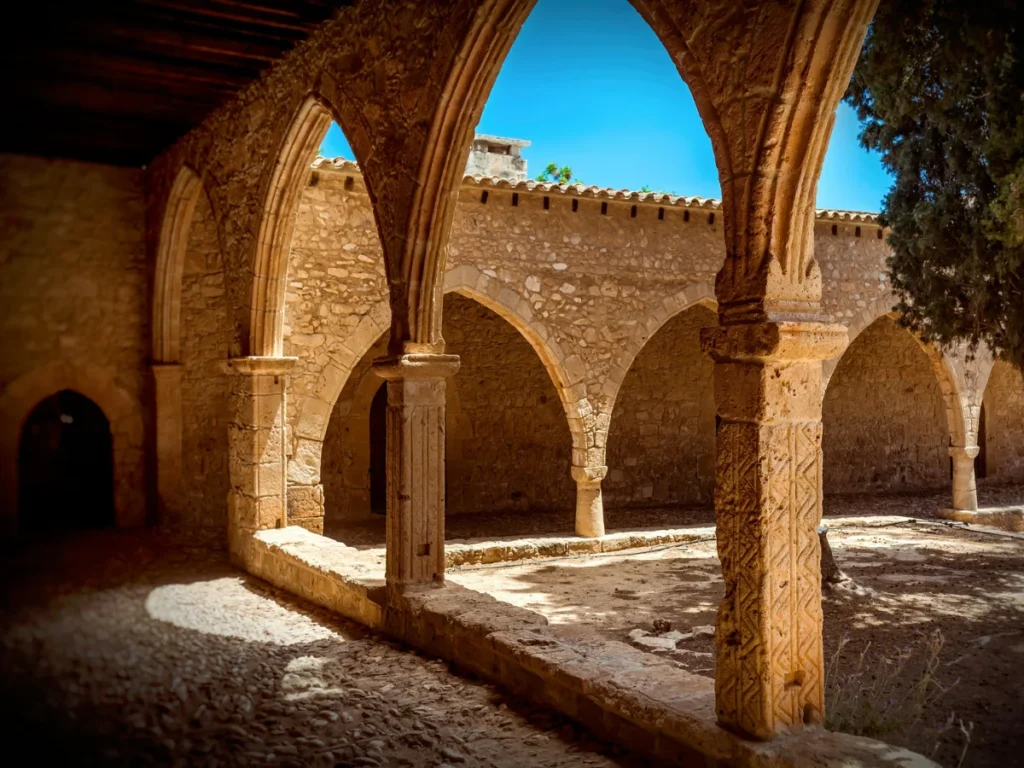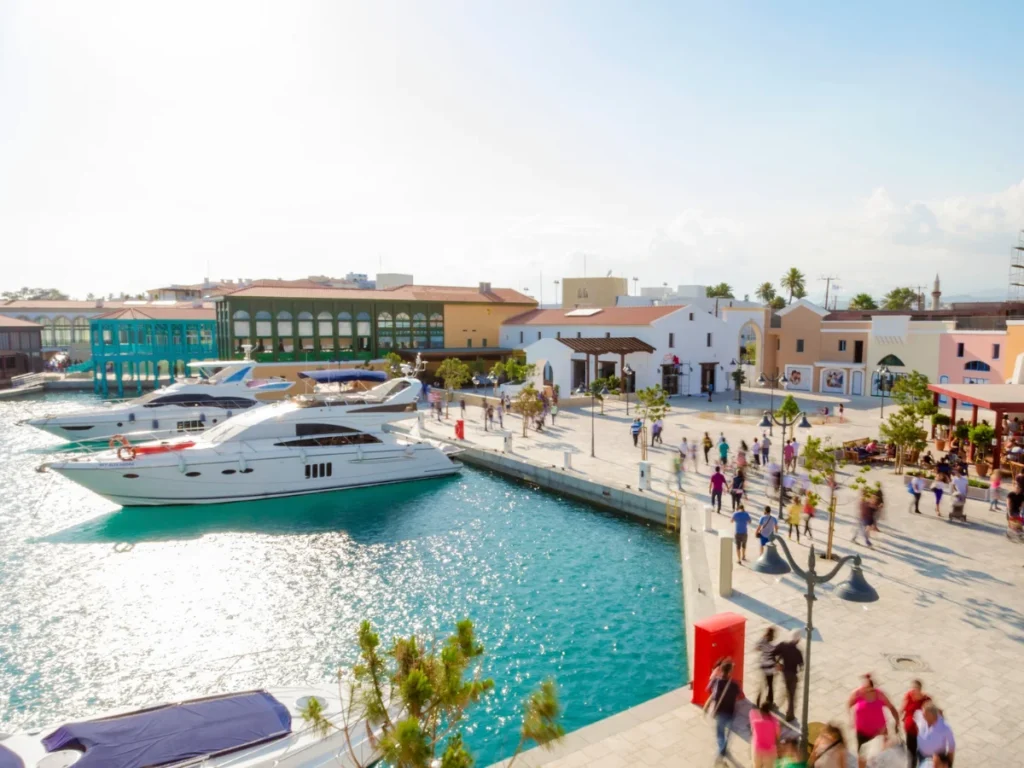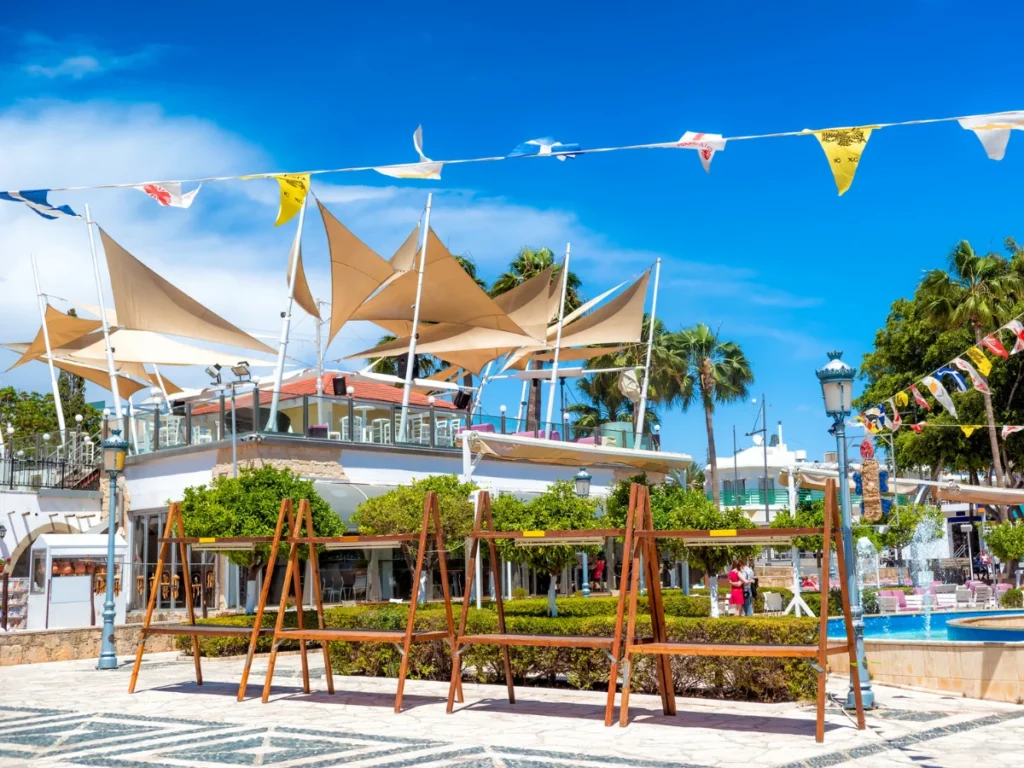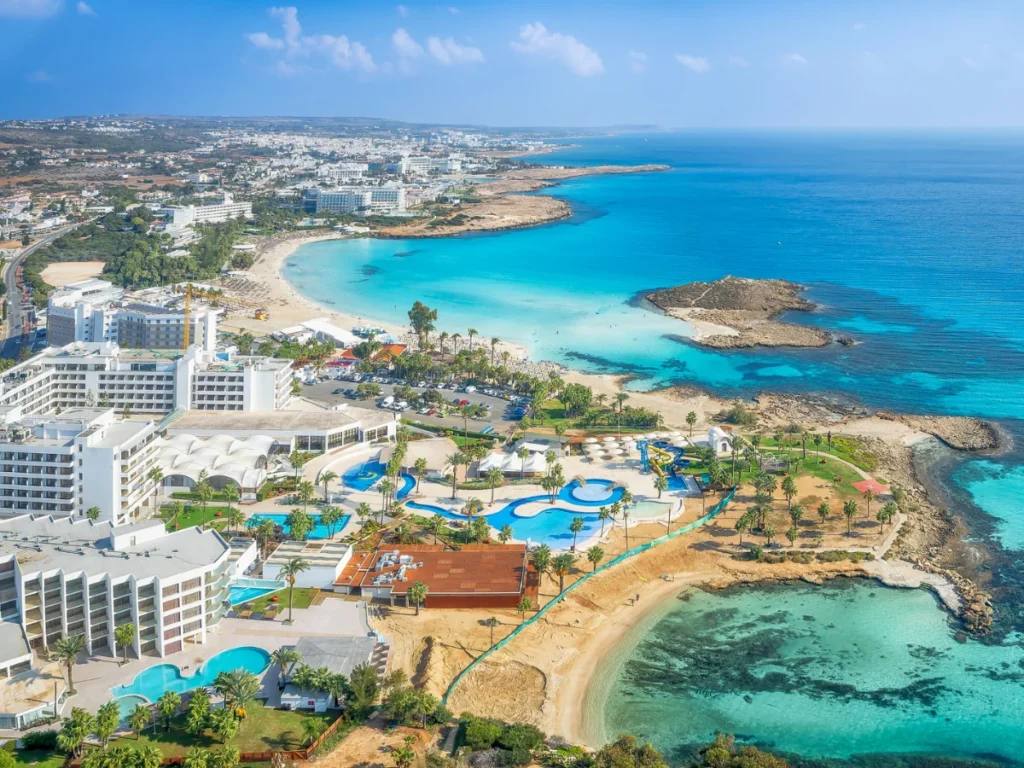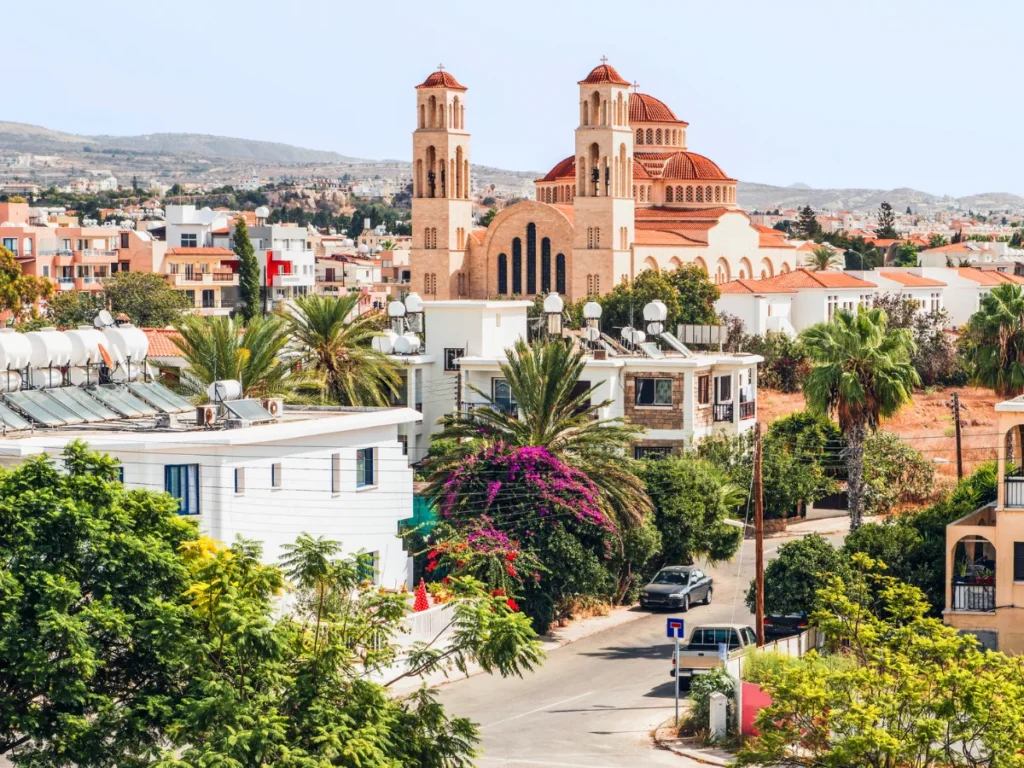Discover the Rich History of Cyprus
Uncover the fascinating history of Cyprus, from its ancient Greek and Roman roots to its role in modern times. Explore the island’s diverse cultures, rulers, and historical landmarks that have shaped its unique identity.
History of Cyprus: From Ancient Times to Today
Cyprus has a rich and complex history. The island’s story stretches back thousands of years, from ancient civilizations to modern times. It has seen many rulers and cultures, each leaving their mark on the island. Cyprus was once part of ancient Greece and later the Roman Empire. Today, it is divided into two parts: the Republic of Cyprus, controlled by the Greek Cypriots, and the Turkish Republic of Northern Cyprus. Cyprus was once a British colony, and today, part of the island still belongs to the UK
This history has shaped the island’s culture, its people, and its political situation. Throughout the centuries, Cyprus has been at the crossroads of different civilizations. It has experienced both conflict and cooperation, and its past influences everything about Cyprus today.
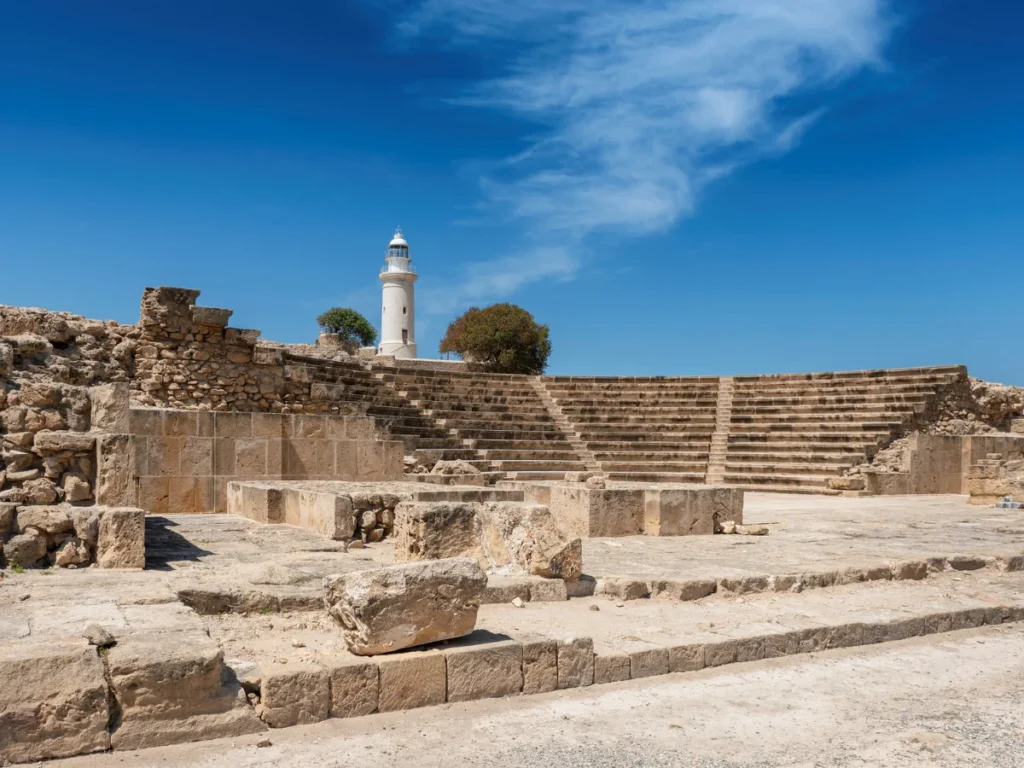
Early History and the Influence of Ancient Greece
Cyprus’s history dates back to around 10,000 BC, with the earliest settlers coming from the eastern Mediterranean. By the 12th century BC, the island had become an important part of the ancient world. The Phoenicians, Egyptians, and Greeks all played key roles in Cyprus’s development.
Around the 8th century BC, Cyprus became deeply connected to Ancient Greece. The Greek influence was strong, especially after the arrival of the Mycenaean Greeks. These early Greek settlers established the foundations of Greek culture on the island. They built temples, created art, and set up city-states like Salamis, Paphos, and Kourion. The city-state of Salamis became one of the most important centers in Cyprus, and it played a key role in the island’s history.
In the 4th century BC, Cyprus became part of the Greek world under the influence of Alexander the Great. After his death, Cyprus became part of the Ptolemaic Kingdom of Egypt. This period marked a time of growth for the island, with advancements in trade, architecture, and culture. The Cypriots adopted many Greek customs, and Greek language and traditions spread across the island.
The Roman Era and Cyprus’s Role
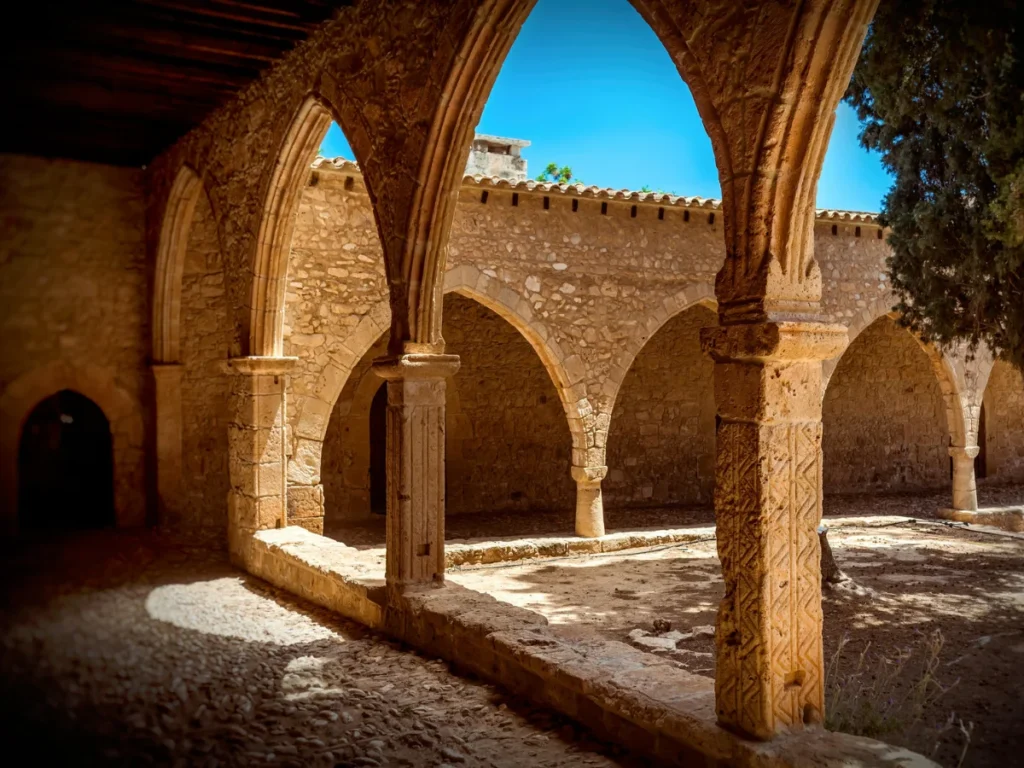
By 58 BC, Cyprus became a Roman province. The Romans took control of Cyprus from Egypt, and the island flourished under Roman rule. The Romans brought peace, stability, and infrastructure to the island. They built roads, theaters, and aqueducts, many of which can still be seen today in cities like Paphos.
During the Roman period, Cyprus became an important center for trade and culture. It was also a popular destination for Roman aristocrats who built luxurious villas and homes on the island. Cyprus was known for its copper mines, which were highly valued by the Romans. The island’s natural resources, along with its strategic location, made it a valuable possession for the Romans.
The spread of Christianity during the Romans
Christianity also began to spread across Cyprus during the Roman period. According to Christian tradition, the apostle Paul visited Cyprus in the 1st century AD, bringing Christianity to the island. The spread of Christianity began to change the cultural landscape of Cyprus, and by the 4th century, the majority of Cypriots had converted to Christianity.
The Byzantine Period
After the fall of the Western Roman Empire in the 5th century AD, Cyprus became part of the Byzantine Empire. This period lasted for nearly 800 years, and Cyprus became an important part of the Byzantine world. The Byzantines left a lasting impact on the island, especially in terms of religion and culture.
During the Byzantine era, Cyprus became a center for Christian worship. The Byzantine emperors built churches and monasteries, many of which still stand today. These churches feature stunning mosaics and frescoes that reflect the rich history of the island. The Byzantine period also saw the growth of the Cypriot Orthodox Church, which remains a significant part of Cypriot culture today.
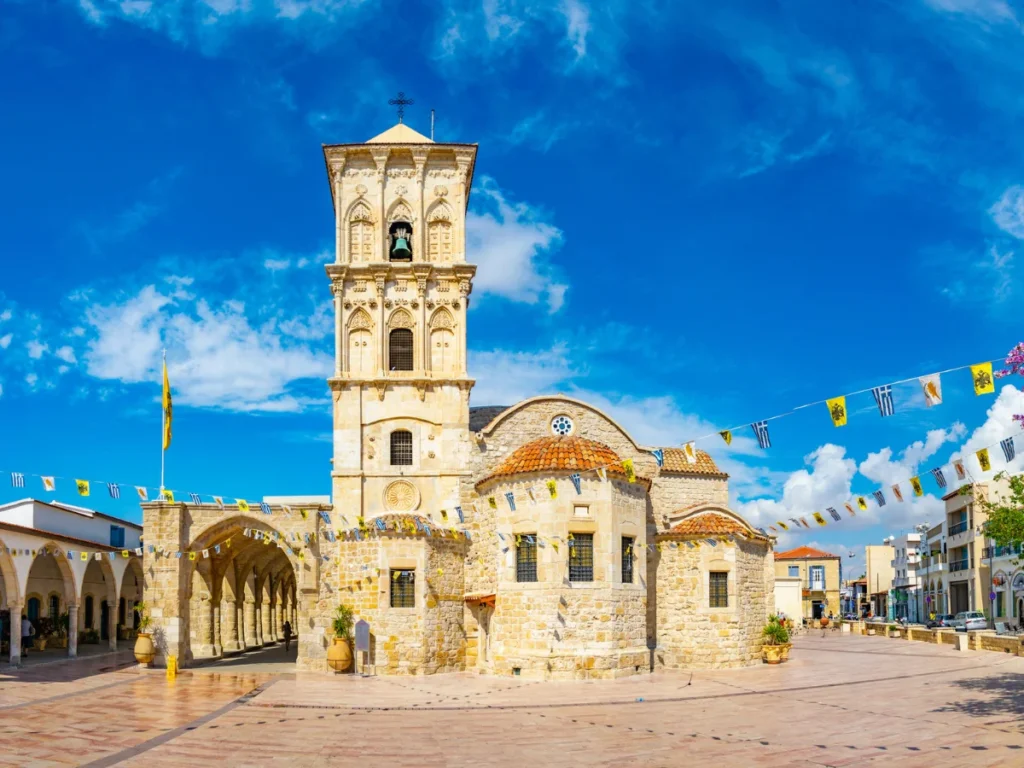
The Crusader Period and the Kingdom of Cyprus
In the 12th century, Cyprus became part of the Crusader Kingdom. After the Third Crusade, the French king Richard the Lionheart took control of Cyprus in 1191. He sold the island to the Knights Templar, and later, it became the Kingdom of Cyprus under French rule. The Crusader period marked the start of a new chapter in Cyprus’s history.
The Kingdom of Cyprus flourished for several centuries, with impressive castles and fortifications being built across the island. During this period, the island became an important Christian center in the eastern Mediterranean. The Latin Church gained a strong presence, and the Kingdom of Cyprus became an influential player in the Crusades.
However, the Kingdom of Cyprus began to decline in the 15th century. It faced attacks from both the Venetians and the Ottomans, leading to a change in its political structure.
Three amazing places to visit on Cyprus
Limassol
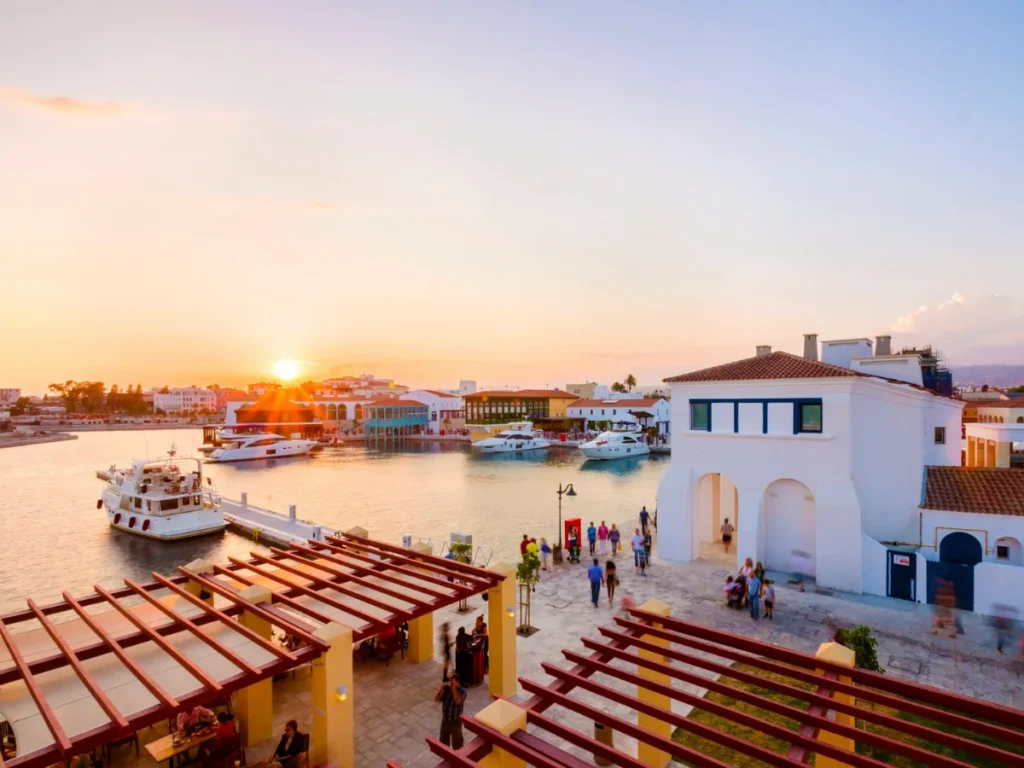
Discover Limassol, Cyprus’s lively coastal city. Enjoy beautiful beaches, ancient ruins, and vibrant nightlife. With its mix of culture, history, and modern attractions, Limassol offers something for everyone. Visit now and experience the perfect blend of relaxation and adventure!
Paphos

Explore Paphos, a city full of history and charm. Wander through ancient ruins, visit stunning mosaics, and relax on beautiful beaches. With its rich cultural heritage and peaceful atmosphere, Paphos is the perfect destination for both adventure and relaxation.
Ayia Napa
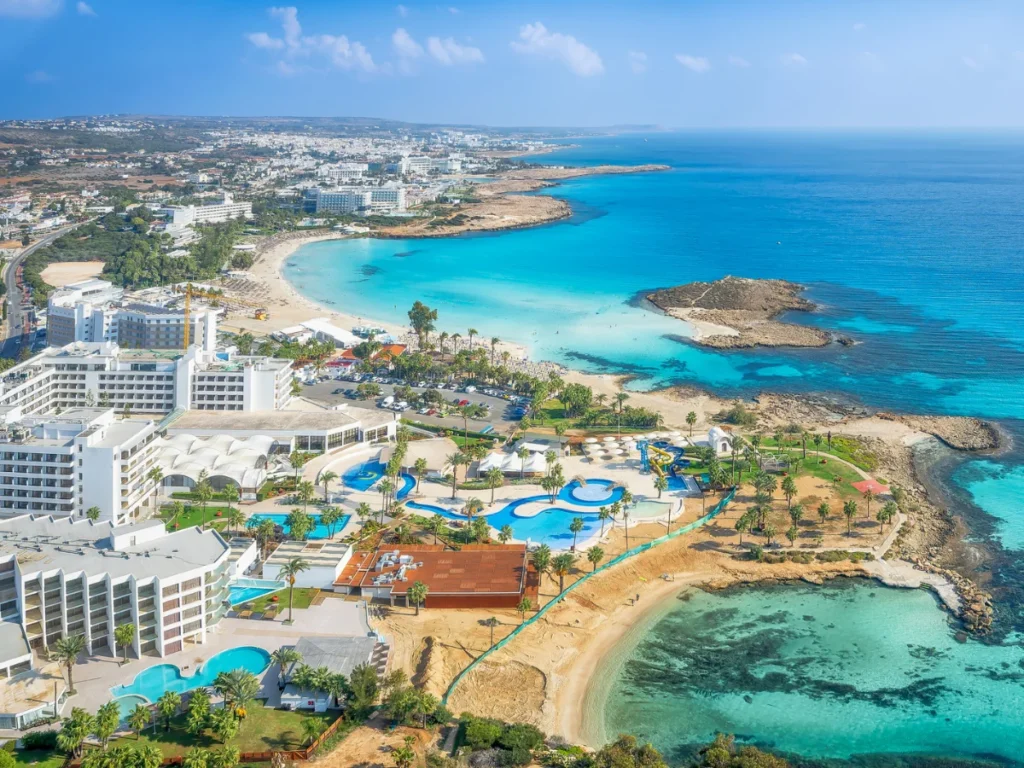
Discover Ayia Napa, Cyprus’s vibrant hotspot for fun and sun. Famous for its golden beaches, crystal-clear waters, and lively nightlife, it’s also perfect for thrilling water sports and exploring beautiful nature. Whether you’re looking to party or relax, Ayia Napa has it all.
Ottoman Rule and the British Empire
In 1571, Cyprus fell under Ottoman rule. The Ottomans brought changes to the island, including religious and cultural shifts. The majority of the Cypriot population was Greek, but the Ottomans brought with them a significant Turkish presence. Over time, Cyprus became a land of both Greek and Turkish communities.
The Ottomans ruled Cyprus for nearly 300 years. During this period, the island saw the construction of mosques, baths, and other Ottoman buildings. The influence of Ottoman culture is still visible in parts of Cyprus today. However, life under Ottoman rule was not always peaceful. There were frequent tensions between the Greek and Turkish populations, as well as struggles for independence.
In the 19th century, Cyprus came under British control. In 1878, the British took over the administration of Cyprus, although it was officially part of the Ottoman Empire. In 1914, when the Ottoman Empire entered World War I, Britain formally annexed the island. Cyprus remained a British colony for much of the 20th century, and British influence can still be seen in the architecture and institutions of the island.
The Republic of Cyprus and Division
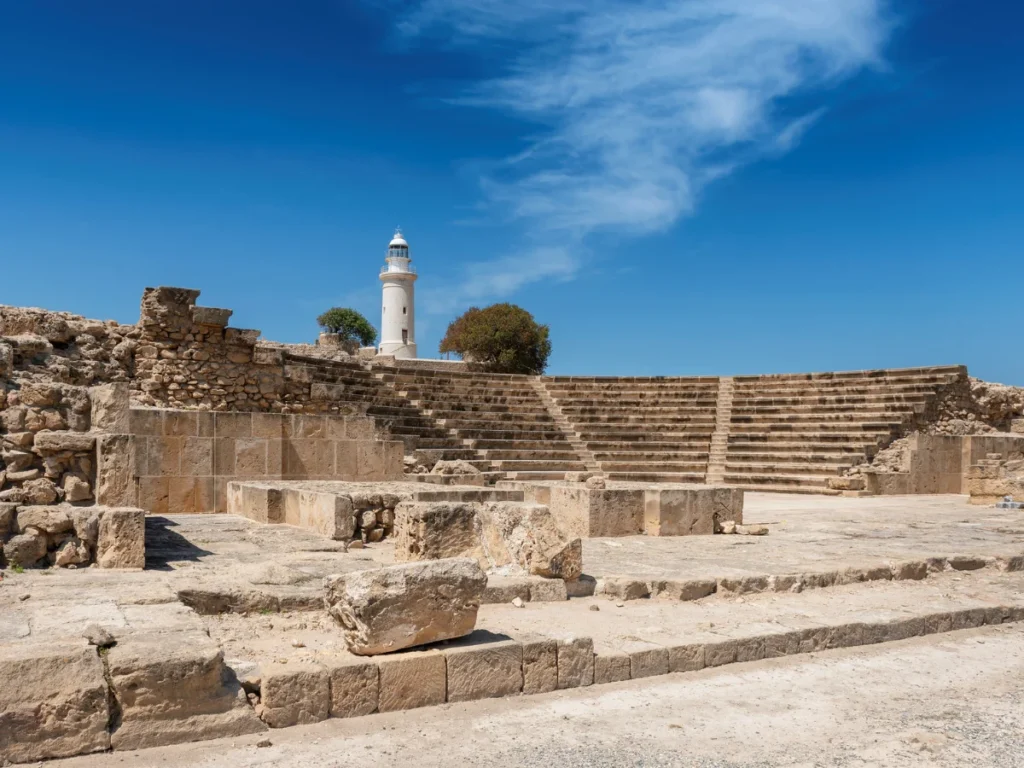

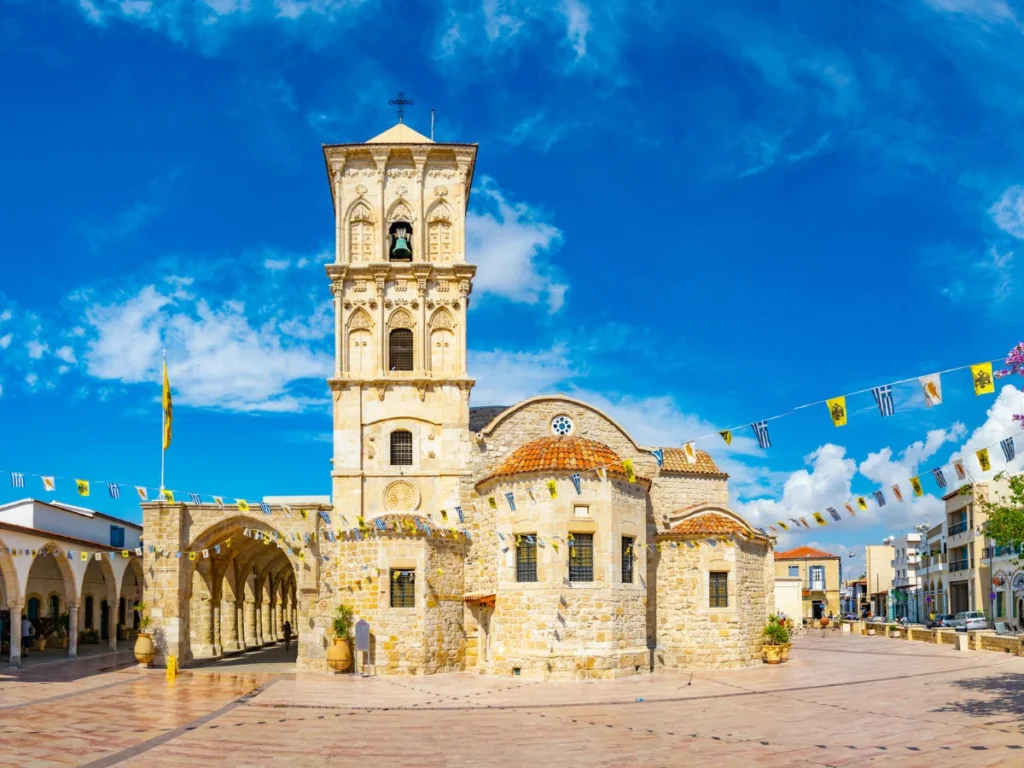

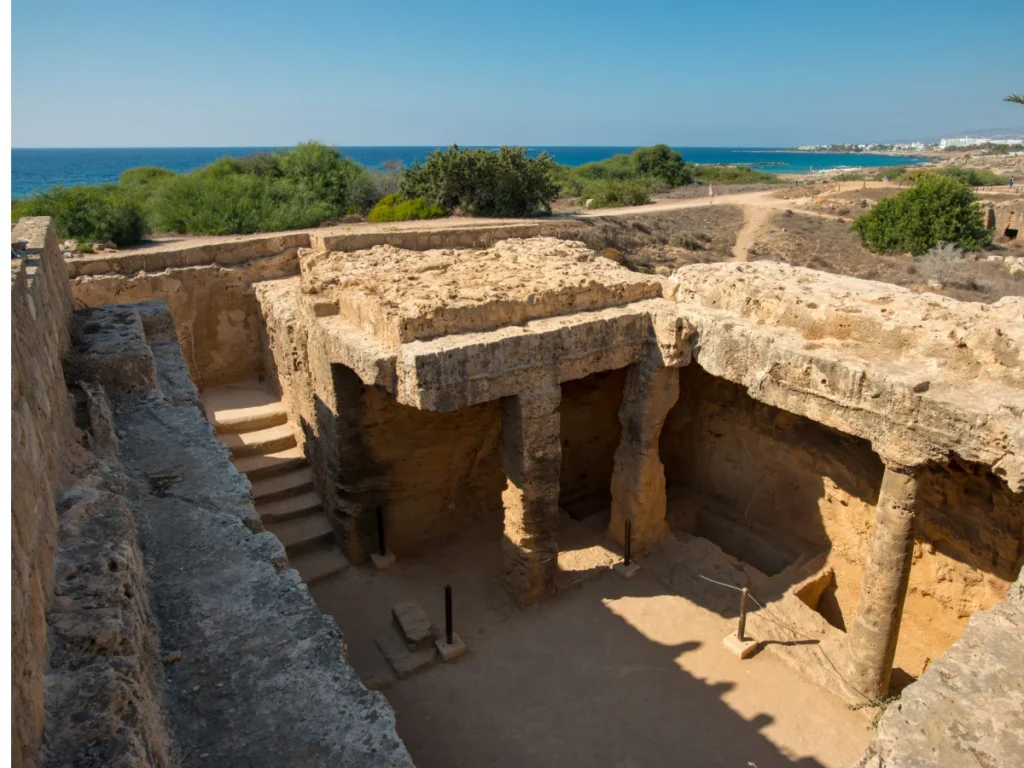
After years of British rule, Cyprus gained independence in 1960. The newly formed Republic of Cyprus was a bicommunal state, with both Greek and Turkish Cypriots living on the island. However, tensions between the two communities grew over time. In 1974, a Greek-backed coup led to Turkey invading Cyprus, resulting in the division of the island into two parts.
Today, Cyprus is still divided. The southern part of the island, controlled by the Greek Cypriots, is the Republic of Cyprus. It is a member of the European Union. The northern part of the island, controlled by the Turkish Cypriots, is the Turkish Republic of Northern Cyprus. This part of the island is recognized only by Turkey.
Cyprus Today
Today, Cyprus is a fascinating blend of ancient history and modern culture. The island’s rich heritage is visible in its archaeological sites, ancient ruins, and beautiful churches. The Greek and Turkish communities continue to coexist, though political tensions remain. Cyprus’s economy is also growing, with tourism, agriculture, and services playing important roles.
Cyprus is now a member of the European Union and continues to develop its place in the modern world. However, the island’s history and its political division are always present. The struggle for reunification continues, but Cyprus remains a beautiful and historically significant destination for travelers from around the world.
In conclusion, Cyprus’s history is a story of many different cultures, rulers, and influences. From ancient Greece and Rome to the Crusaders, Ottomans, and British, the island has played an important role in Mediterranean history. Today, it stands as a reminder of both the challenges and the beauty that comes with being at the crossroads of civilizations.
General information about Cyprus
Cyprus is an island located in the eastern Mediterranean, with a population of around 1.2 million people. The capital, Nicosia, is the heart of the country, serving as the political, cultural, and economic hub. Greek and Turkish are the official languages, reflecting the island’s divided communities. Cyprus uses the euro (€) as its currency. The climate is Mediterranean, offering hot, dry summers and mild, rainy winters. Major cities like Limassol are known for business and tourism, while Paphos attracts visitors with its rich archaeological sites. Cyprus is a member of the European Union and draws travelers year-round.

